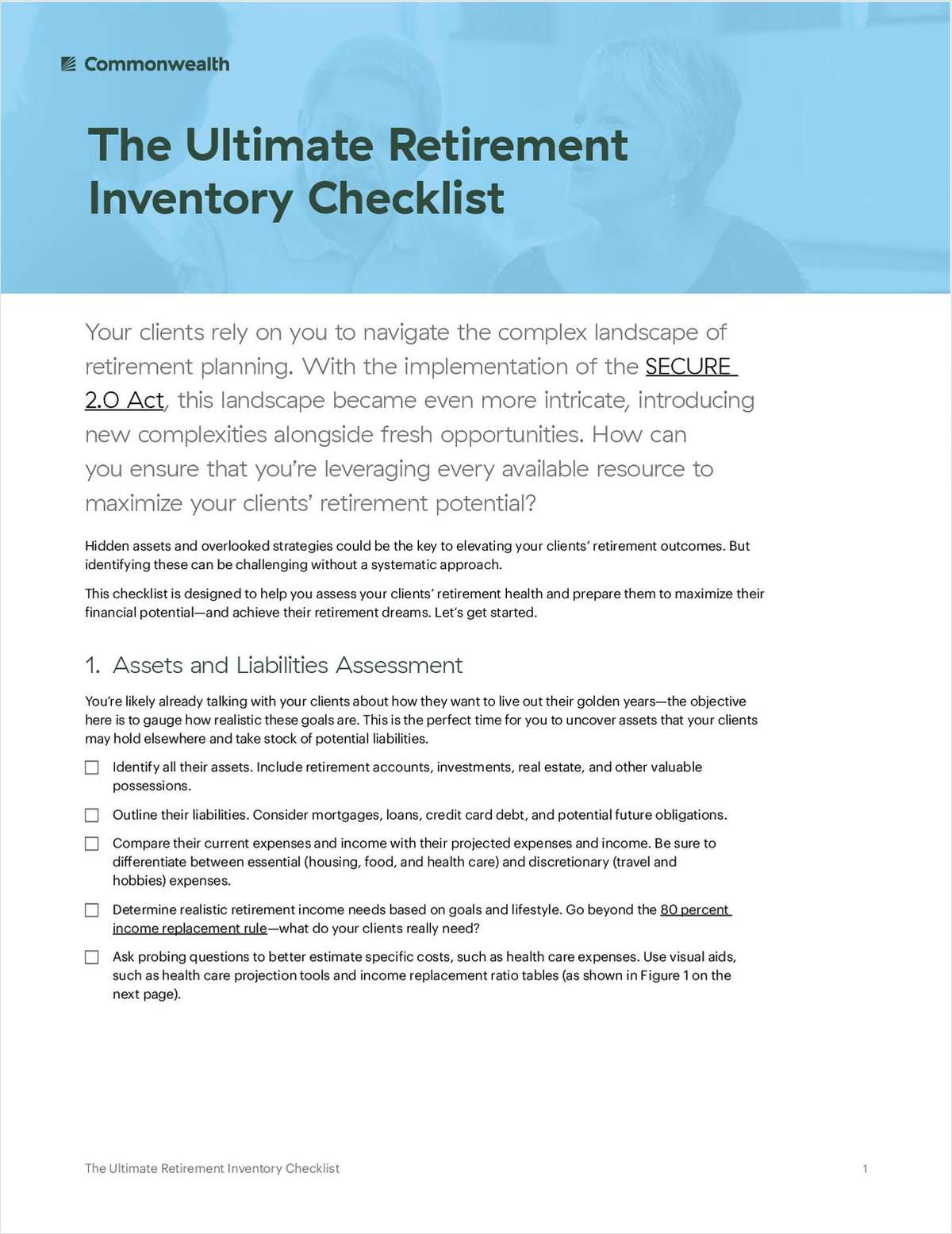
NOT FOR REPRINT
10 of the most common phone selling mistakes (& what to do instead)
By
Lynette Gil
December 10, 2015 at 06:44 AM
Share & Print
NOT FOR REPRINT
© 2025 ALM Global, LLC, All Rights Reserved. Request academic re-use from www.copyright.com. All other uses, submit a request to [email protected]. For more information visit Asset & Logo Licensing.


